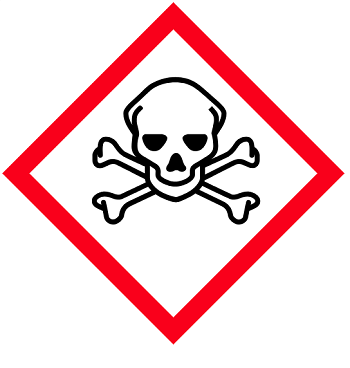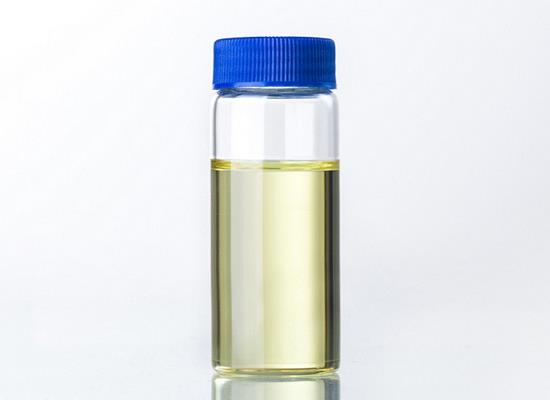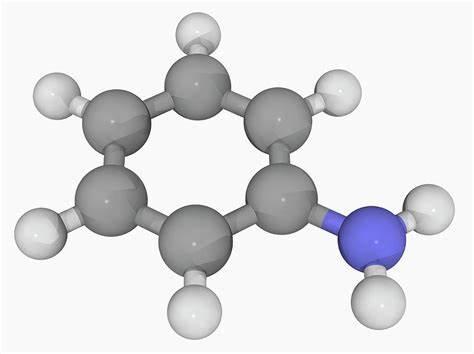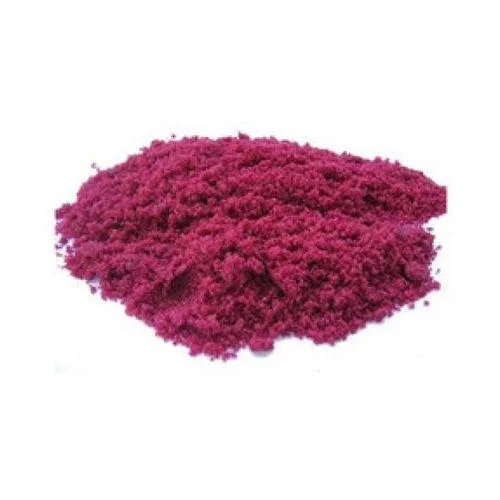Is aniline toxic to humans?
Yes, Aniline is a highly toxic systemic poison that is absorbed well by inhalation and through the skin.

Aniline is a primary aromatic amine, a weak base and forms salts with mineral acids. At room temperature, aniline, the simplest aromatic amine, is a clear to slightly yellow, oily liquid that darkens to a brown color on exposure to air. It has a low vapor pressure at room temperature. Aniline is slightly soluble in water and is miscible with most organic solvents.
It is irritating to the skin, eyes, and respiratory tract. Effects can result from all routes of exposure. This compound induces methemoglobinemia, which impairs the delivery of oxygen to tissues. Aniline may also cause the destruction of red blood cells, manifesting as acute or delayed hemolytic anemia. Heart, liver, and kidney effects may be secondary to hemolysis. Insufficient delivery of oxygen and destruction of red blood cells may cause cardiopulmonary complaints with the development of ischemia, arrhythmia, and shock.
Respiratory Protection: Positive-pressure, self-contained breathing apparatus (SCBA) is recommended in response situations that involve exposure to potentially unsafe levels of aniline vapor. Skin Protection: Chemical-protective clothing is recommended because aniline vapor and liquid can be dermally absorbed and may contribute to systemic toxicity. Direct contact with liquid aniline can cause skin burns.
GOTS specifically prohibits using any chemical input that releases carcinogenic arylamine compounds MAK III categories 1,2,3,4. This includes Aniline, which is classified as MAK III Category 4 chemical. However, Aniline serves as the basis of the synthetically produced dye indigo.
You may like
Related articles And Qustion
See also
Lastest Price from Aniline manufacturers

US $10.00/KG2025-04-21
- CAS:
- 62-53-3
- Min. Order:
- 1KG
- Purity:
- 99%
- Supply Ability:
- 10 mt

US $0.00-0.00/kg2025-04-21
- CAS:
- 62-53-3
- Min. Order:
- 1kg
- Purity:
- 99.99%
- Supply Ability:
- 20 tons





